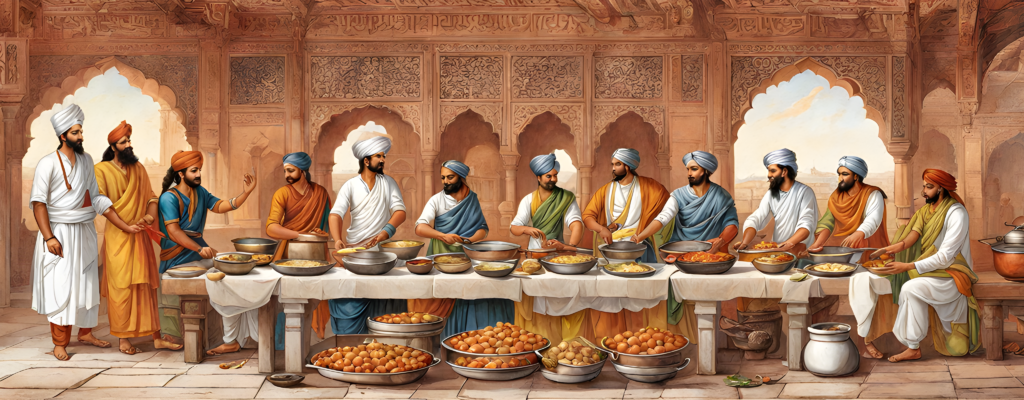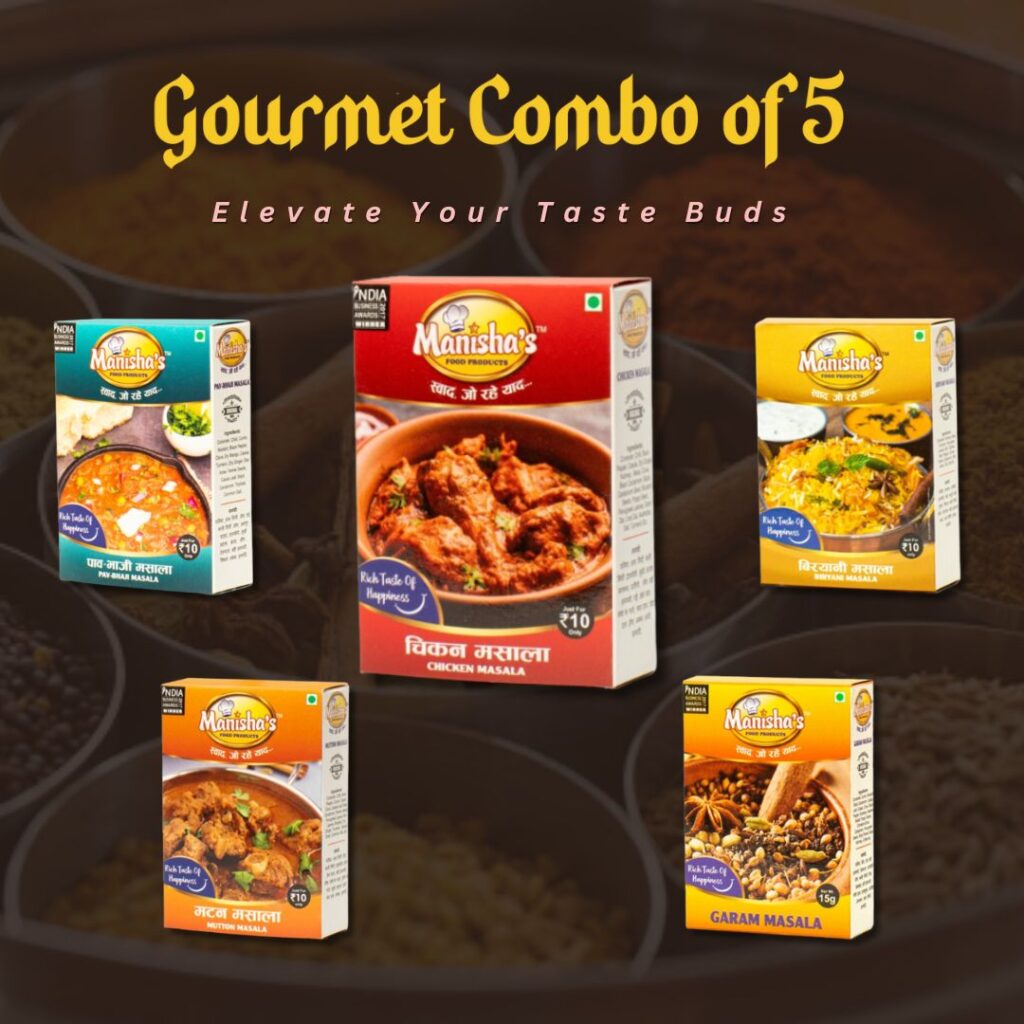
The History and Origins of Indian Masalas
Indian cuisine is renowned worldwide for its rich, diverse flavors and aromatic spices. At the heart of this culinary artistry are the essential components that create the magic – the masalas. Masalas, a quintessential element of Indian cooking, are a blend of spices that add depth, aroma, and complexity to dishes. In this blog, we will explore the fascinating history and origins of Indian masalas, uncovering their deep-rooted connection to India’s cultural heritage and culinary traditions.
The Ancient Beginnings of Masalas
The use of spices in India can be traced back thousands of years. India, often referred to as the “Land of Spices,” had a flourishing trade of spices with civilizations across the world. The ancient texts, including the Rigveda, dating back to around 1500 BCE, contain references to spices and their significance in religious rituals and cuisine.
The Spice Routes and Influences
The spice trade in India was pivotal in connecting the subcontinent to the rest of the world. Spices like black pepper, cardamom, cinnamon, and cloves were in high demand and became symbols of wealth and luxury. These valuable spices were transported through well-established trade routes, including the famous Silk Road, connecting India to Europe, the Middle East, and beyond.
The Birth of Masalas
The term “masala” itself has an ancient origin and comes from the Sanskrit word “mas,” which means to ‘combine’ or ‘mix.’ The concept of blending spices to create unique and complex flavors has been a hallmark of Indian cooking for centuries. In the historical context, the origins of Indian masalas can be attributed to the ancient Ayurvedic texts. These texts not only detailed the medicinal properties of spices but also the art of combining them to enhance flavor and health benefits.
Regional Variations in Masalas
One of the most remarkable aspects of Indian masalas is their regional diversity. Each state and region in India has its unique blend of spices, resulting in an array of masalas that vary in flavor, intensity, and usage. Some of the most iconic masalas include:
Garam Masala: A North Indian specialty, garam masala combines spices like cardamom, cinnamon, cloves, and bay leaves, creating a warming and aromatic mix. It’s often used in gravies and curries.
Rasam Powder: Popular in South India, rasam powder combines dried red chilies, black pepper, cumin, and coriander to create a zesty and tangy spice blend used in lentil soups.
Panch Phoron: A quintessential spice blend in Bengali cuisine, panch phoron combines five spices – fenugreek seeds, nigella seeds, cumin seeds, black mustard seeds, and fennel seeds.
Sambhar Powder: Another South Indian favorite, sambhar powder is a medley of spices like coriander, red chilies, and asafoetida, used to season sambhar, a lentil-based dish.
Chaat Masala: This tangy and spicy blend is often used in street food and snacks. It includes ingredients like cumin, coriander, and amchur (dried mango powder).
The Influence of Ayurveda
The ancient Indian system of medicine, Ayurveda, has played a crucial role in the development of masalas. Ayurveda emphasizes the balance of flavors and their effects on the body. The use of spices in Ayurveda is not just for taste but also for promoting health and well-being. The choice of spices in masalas is often guided by their medicinal properties, which have been passed down through generations.
Colonial and Foreign Influences
India’s history of colonization by various European powers and interactions with foreign cultures also left a mark on Indian masalas. Foreign spices like black peppercorns, cloves, and cinnamon were integrated into Indian cuisine. Similarly, Indian spices, including red chilies, cardamom, and turmeric, found their way into the cuisines of Europe and other parts of the world.
Modernization of Masalas
With advancements in technology and changes in lifestyle, the production and consumption of masalas have evolved. While traditional methods of grinding spices on stone slabs are still practiced in some households, many people now opt for pre-packaged masalas for convenience. Indian masala brands like “Manishasfoodproducts” have modernized the production and packaging of masalas, ensuring quality and authenticity.
Conclusion
Indian masalas are not merely ingredients; they are a reflection of India’s rich history, diverse culture, and deep-rooted culinary traditions. The art of blending spices to create harmonious flavors has been perfected over thousands of years, making Indian cuisine a true culinary treasure. As we savor the flavors of India, we honor the traditions and heritage that have gifted the world with the magic of masalas.
So, the next time you sprinkle garam masala into your curry or savor the zing of chaat masala on your street food, remember that you are partaking in a journey that spans centuries, connecting India’s past to its vibrant present. The history and origins of Indian masalas are a testament to the enduring allure of these aromatic spices.

Table of contents
- Introduction
- The Ancient Beginnings of Masalas
- The Spice Routes and Influences
- The Birth of Masalas
- Regional Variations in Masalas
- The Influence of Ayurveda
- Colonial and Foreign Influences
- Modernization of Masalas
